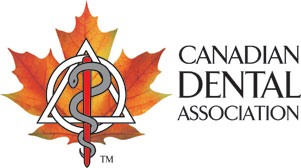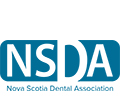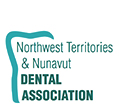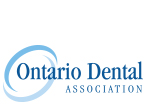Achieve whole mouth clean with our complete oral care routine
Between dental visits, protect your mouth with 3 easy steps
Tooth decay affects 57% of children ages 6-11 and 96% of the adult population, with 21% of adults having a history of moderate or severe gum problems. Maintaining a healthy mouth goes beyond just brushing.
It is important to establish a complete oral care routine between dental visits, which includes brushing twice a day, flossing, and rinsing to help keep your whole mouth healthy and clean.
Is there anything missing from your oral health care routine?
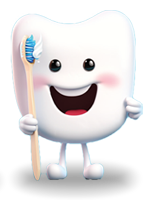
Brush
Hold your toothbrush at a 45-degree angle to your gum line. Gently brush across the entire tooth for 2 minutes, spending 30 seconds on each corner of your mouth. Don’t forget to brush your tongue!
Children under age 6 should be supervised during brushing and only use a small amount of toothpaste (a portion the size of a green pea).
Parents should consult a healthcare professional to determine whether children under age 3 are at risk of developing tooth decay. If the risk exists, the child's teeth should be brushed by an adult using a minimal amount of fluoridated toothpaste (a portion the size of a grain of rice).
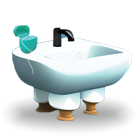
Floss
Brushing alone only reaches 25% of your mouth. To reach places your toothbrush can’t, floss gently around each tooth two to three times.
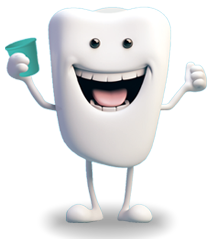
Rinse
For a whole-mouth clean, swish with an oral rinse like LISTERINE® Antiseptic Mouthwash for 30 seconds twice daily.
This step ensures that you reach nearly 100% of your mouth, eliminating the bacteria that hide in places brushing and flossing can’t reach causing bad breath, plaque and gingivitis.
LISTERINE® Antiseptic Mouthwash has earned the CDA Seal, which helps you know which oral health benefit claims have been independently reviewed and are supported by scientific evidence.
See how LISTERINE® helps you achieve a whole mouth clean.
Check-in with the experts
Regular dental visits are an essential part of your oral health. Not only do your teeth and gums benefit from a professional cleaning, but dentists can catch small problems early by detecting the signs of tooth decay and gum disease.
The Canadian Dental Association recommends consulting your dentist about how often you need to be seen to maintain optimal oral health. The frequency may change throughout life and your dentist will determine what schedule meets your individual needs.
Many Canadians do not have dental benefits and do not receive regular professional dental care.
The federal government’s interim Canada Dental Benefit and the soon to be introduced Canadian Dental Care Plan aim to improve access to dental care for eligible, uninsured Canadian residents. Federal programs like these make it easier to access some routine dental care services.
The connection between oral health and overall health
Your mouth is an entryway to the body and part of your overall health. Between dental visits, keep your mouth clean with a good hygiene routine.
Good oral hygiene helps prevent tooth decay and inflammation in your gums that can become serious.
An unhealthy build-up of bacteria in the mouth will lead to gingival inflammation and periodontal (gum) disease. An unhealthy buildup of oral bacteria and the inflammation associated with gum disease can affect your bloodstream, increasing your risk of other diseases. A healthy mouth can reduce your risk of other health conditions, such as heart and respiratory diseases, cancer and diabetes.
Looking for more info about your oral health?
Explore the Your Oral Health section on the Canadian Dental Association website for tips on how to find a dentist, information on how to maintain good oral health and prevent oral disease, and fun activities and resources for you and your family.
This message is brought to you by LISTERINE® and the Canada Dental Association.
To be sure any product is right for you and your family, always read and follow the label, and talk to your dentist, your health partner.
© Kenvue Canada Inc. 2024.
